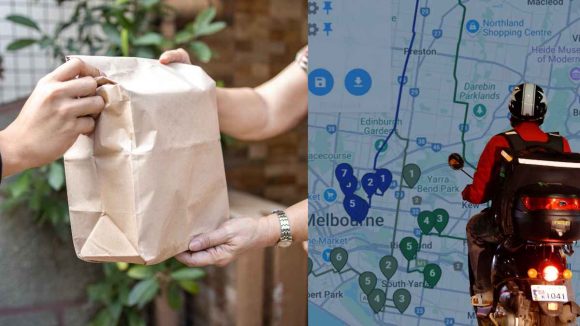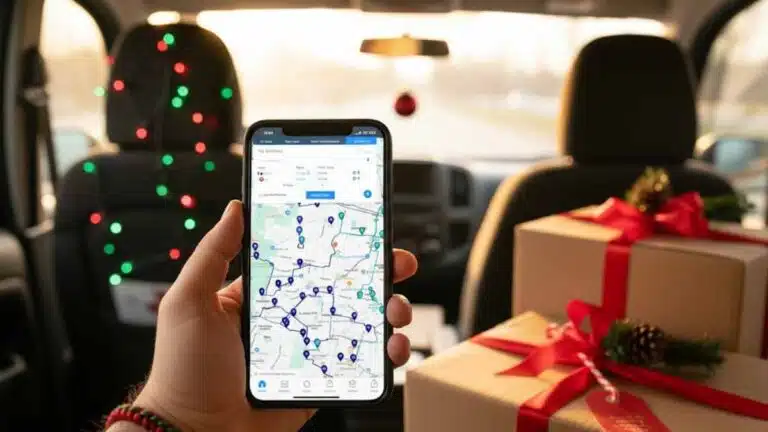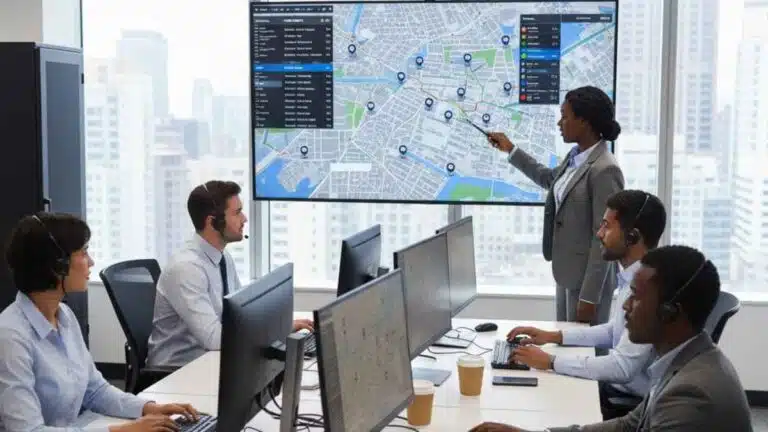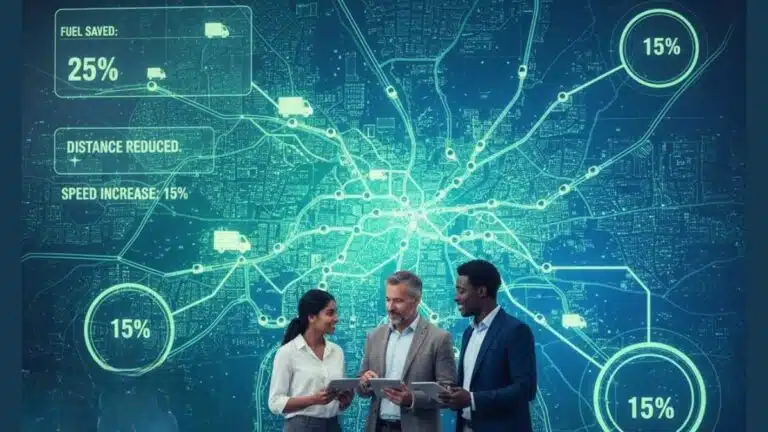Last-mile delivery can directly impact your business’s success and has nothing to do with the product standard.
In a market saturated with choices, consumers are increasingly selective about the overall customer experience. It all boils down to the last mile in the delivery process.
You might think you have a great product, but a frustrating delivery process can easily overshadow it. It can lead to negative reviews, customer churn, and lost revenue.
Locate Technologies Limited CEO Steve Orenstein wrote in his book Delivery that when customers want a product, but the last-mile delivery experience is bad, they won’t buy from you again.
“With all the money you spent on marketing to acquire that customer in the first place, you want them to be a repeat customer. But too often the experience is bad.”
Why is last-mile delivery so important? It’s the last step of the online experience, and the customer has a front-row seat to the trickiest part.
In this article, you’ll find five ways last-mile delivery can strengthen, not undermine, your product.
What Is Last-Mile Delivery?
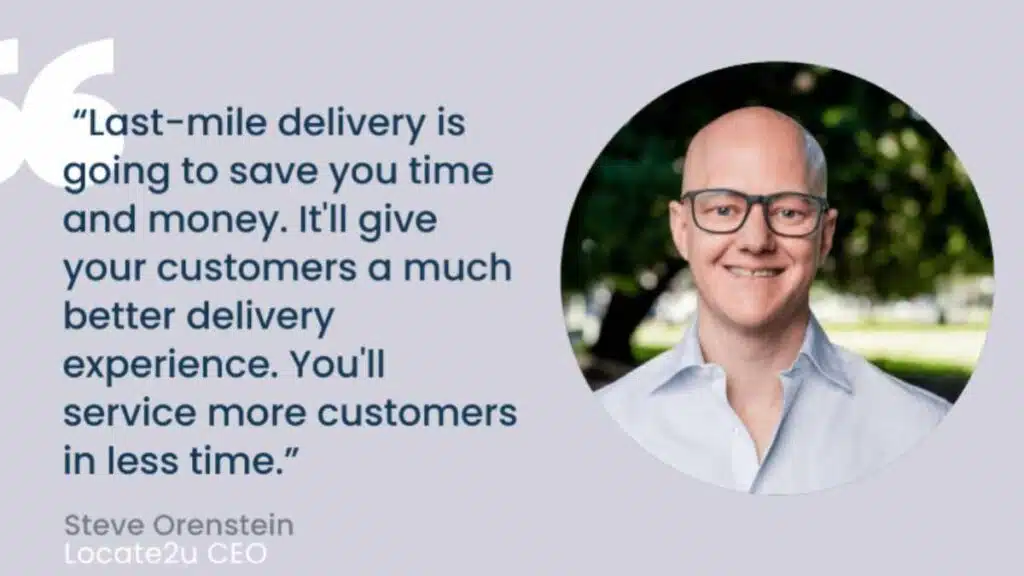
Last-mile or final-mile delivery transports a parcel from the distribution center, warehouse, retail store, or local hub to the customer’s front door.
It’s crucial, complex, and expensive, accounting for more than half the shipping costs.
Why is it so important? It has a direct impact on customer satisfaction and loyalty. It’s the only part of the supply chain process that customers typically experience.
The complexity stems from the unpredictability in this part of the supply chain. There is unpredictable traffic, high delivery density, and the possibility of unavailable customers.
With the right software and tools, communication, and route optimization, the last mile can become your business’s most significant advantage.
1. Customer Happiness: The Core of Delivery Experience
Customers have more choices these days when it comes to online shopping. When they are unhappy with the delivery experience, they simply shop elsewhere.
The delivery experience is a strategic driver of revenue and loyalty. According to Onramp, 89% of businesses compete primarily on customer experiences. It’s no longer the product or the price that determines success.
Good last-mile delivery requires speed, choice, communication, efficiency, and problem-solving. Nothing is more frustrating than waiting for or missing a delivery due to poor communication.
With no communication, like an ETA or live tracking link, customers feel they must warn other customers and write reviews. The same goes without saying: if it turns into a positive experience, it results in a glowing review.
2. Brand Image: Shaped by Your Final Mile Delivery
Let’s say the last-mile delivery process was far from ideal, and the customer wrote an embarrassing review on your great product.
You jump on a call, address the problem directly with the customer, and ensure it gets sorted out immediately.
The bad review stays there for the lifetime of your business. It could plummet your rating and cost future customers.
Here’s the reason: Even a strong brand or high-quality product can be undermined by poor last-mile delivery reviews.
If the delivery experience doesn’t match the brand, it’s time to change it. Capture your customers’ feedback immediately after delivery. This is crucial to improving the customer experience.
Pro Tip: A great customer experience attracts great reviews.
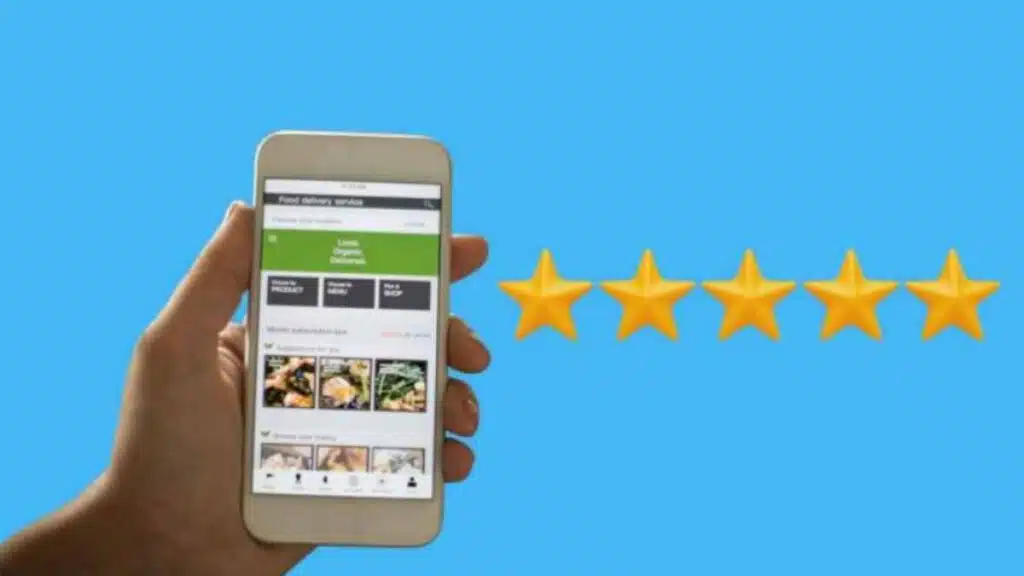
3. Costly Logistics: The Hidden Price of Poor Shipping
There is always a cost to pay for a poor last-mile delivery experience. The hidden costs are inefficiencies, repeat deliveries, extra labour, and customer service burdens.
Focusing only on cutting delivery costs without considering the impact on customer experience can be detrimental. Customer loss due to poor delivery has a financial impact, too.
Here’s why: Only technology can solve the problem of the hidden costs of returning or re-delivering an uncompleted delivery.
Traditional couriers allow drivers to figure out the route independently, which results in inflated fuel expenses, labor costs, and vehicle wear and tear.
The last-mile delivery should be carefully planned according to the most efficient routes for the day, not sorted by suburb. Customers get frustrated when parcels are late, the delivery windows are not applied, and there are no live updates.
A poor last-mile delivery experience increases the workload for customer service teams and their time dealing with complaints.
Route optimization is the key to correcting this.
It finds the most efficient route for each driver in real time. That means the system continues to figure out the most efficient path while more orders are added. It considers the weather conditions, traffic, and load of the van.
4. Competitive Edge: Why You Need Route Optimization
You need an efficient, customer-focused last-mile delivery service to stand out.
Believe it or not, your customers compare you with the delivery experience they receive from Amazon. It’s like the benchmark in the industry.
Amazon’s same-day or next-day delivery model has changed customers’ buying habits due to its speed. However, many companies still do not offer same-day delivery options.
Offering choice in delivery times can give you a competitive advantage. Flexibility, such as providing a smaller delivery window and a more precise ETA, can be a deal breaker.
With route optimization software, your drivers will know exactly when they can deliver each parcel and will communicate with customers to update them when there are any suspected delays.
You don’t have to panic about paying more drivers; you can collaborate with local supermarkets to share drivers, build density, and reduce costs.
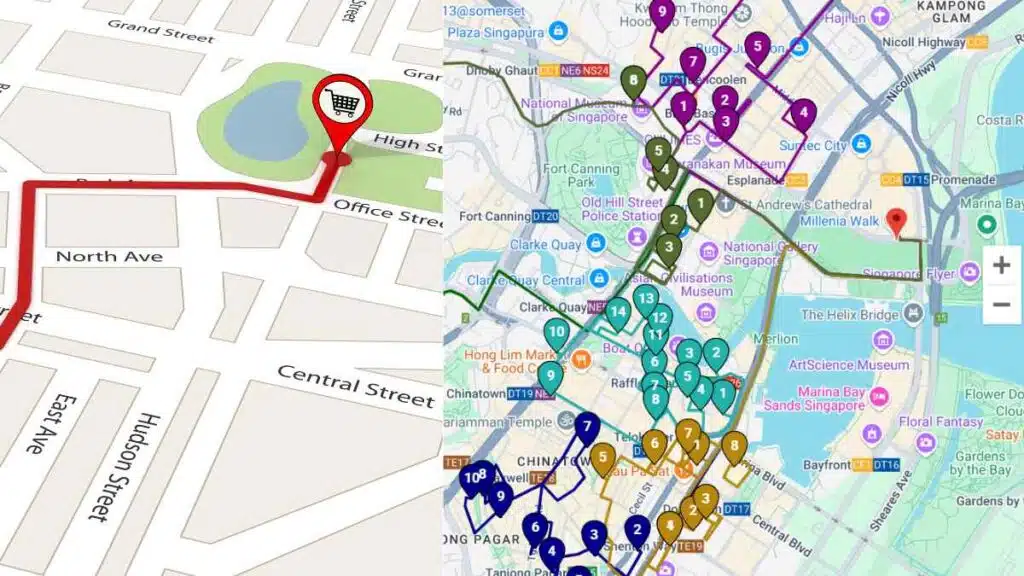
5. Boosting Revenue: Good Shipping Drives Last Mile Delivery
Now that you have the competitive edge, you want to grow your business. An excellent delivery experience can lead to increased sales and impulse buys.
You no longer think about “where can we cut costs?” but rather “what’s the cost of a bad last-mile delivery experience?”
This mindset will help you increase repeat orders and grow your revenue.
Same-day delivery would likely increase sales because customers make extra impulse buys when they know something will arrive fast. Offering faster delivery allows you to charge a premium cost.
Think of faster delivery as an investment in your business to grow.
About the author
Mia is a multi-award-winning journalist. She has more than 14 years of experience in mainstream media. She's covered many historic moments that happened in Africa and internationally. She has a strong focus on human interest stories, to bring her readers and viewers closer to the topics at hand.

